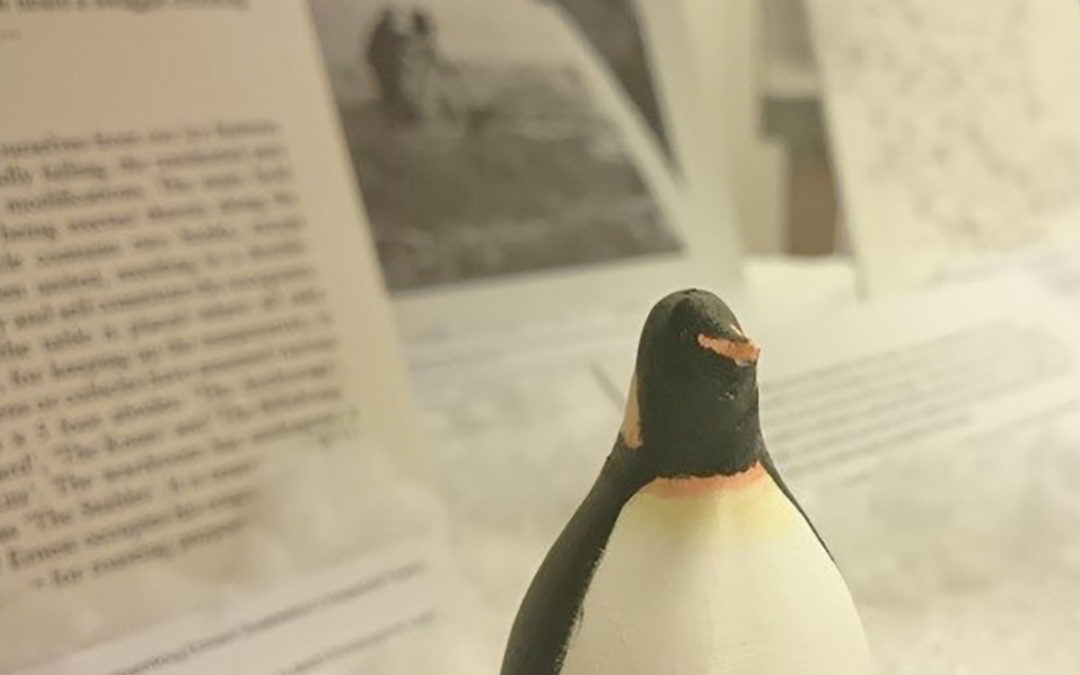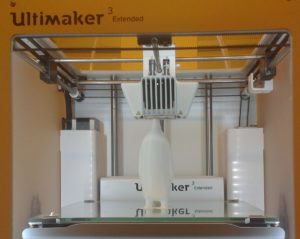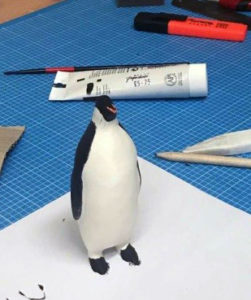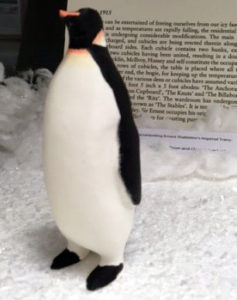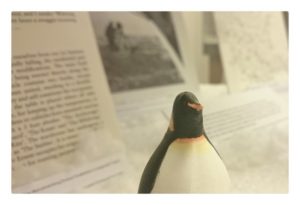 To tie in with this year’s Being Human Festival theme of ‘Lost and Found’, the IHR Library recently installed a new exhibition focused on the four points of the compass and the library’s resources for each geographical area. I was tasked with ‘south’ – creating a display around the library’s resources on Antarctica.
To tie in with this year’s Being Human Festival theme of ‘Lost and Found’, the IHR Library recently installed a new exhibition focused on the four points of the compass and the library’s resources for each geographical area. I was tasked with ‘south’ – creating a display around the library’s resources on Antarctica.
The library’s resources and works on the history of Antarctica relate mainly to the expeditions to the continent and the race for the South Pole. Notable works include Sir Clements Markham’s narrative on the British National Antarctic Expedition of 1901-1904, the expedition diaries of Scott and Amundsen, and the journals of Sir Ernest Shackleton during his last expedition to Antarctica from 1914 to 1917. Whilst reading through the library’s volumes, I discovered in The Antarctic Journals of Reginald Skelton, that Skelton’s journal records the first colony of emperor penguins ever to be seen by humans in October 1902.
As a result, to add something a little different to the display I recruited the help of the IHR’s Digital team to create a 3D model of an emperor penguin using the IHR/ICS Digital 3D Printing Lab. As Jonathan Blaney, IHR Digital Projects Manager and Editor of British History Online, explains, “When the IHR Library asked us to 3D-print a penguin for them we were delighted. The idea of the SAS 3D Centre is not that we think of what should be printed, but that we understand what could be printed and then advise (and train) people who come to us with their ideas. We’re not quite at that stage yet, because we are still learning ourselves, but the penguin was an easy request and the Library even sent a link to the file on Thingiverse.
All we had to do was download the file and convert it to the format (called gcode) that our printer uses. We decided to print the penguin using white filament, so that it could more easily be painted later. We set our Ultimaker 3 printing and 30 minutes later … some feet had appeared. It’s a slow process. Although the penguin is only a few inches tall it took about six hours to print the whole thing. While it was printing we put some photos of the lower half on Twitter and asked people to guess what we were printing. A Moomin, a hobbit and Paddington Bear were some of the suggestions.
By the end of the day we handed the white penguin to Siobhan in the IHR Library for painting.”
And so I began the job of painting the model using a combination of acrylic paint, a fine liner paint pen and a highlighter pen. The finished article was then christened ‘Pollard’ by the IHR’s Librarian in homage to the Institute’s founder A. F. Pollard and subsequently installed in the display case situated in the third floor reading room.
More information on resources documenting the discovery and exploration of Antarctica can be found in the library’s Travel Writing collection guide. There are also multiple holdings at the classmark CLE.92.
The exhibition is on display in the third floor reading room until the New Year and is open to all.

